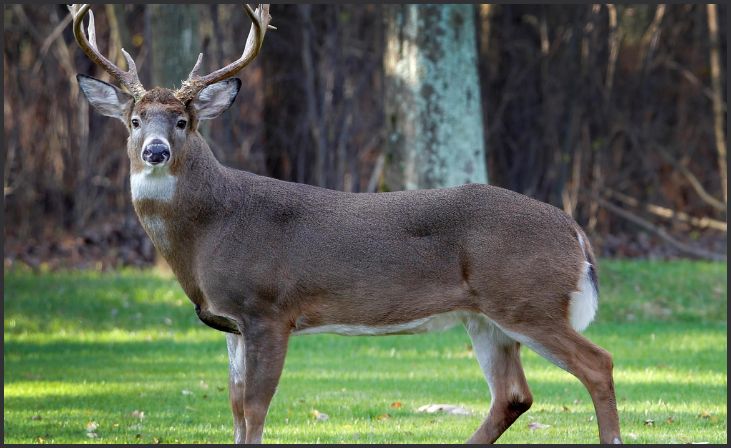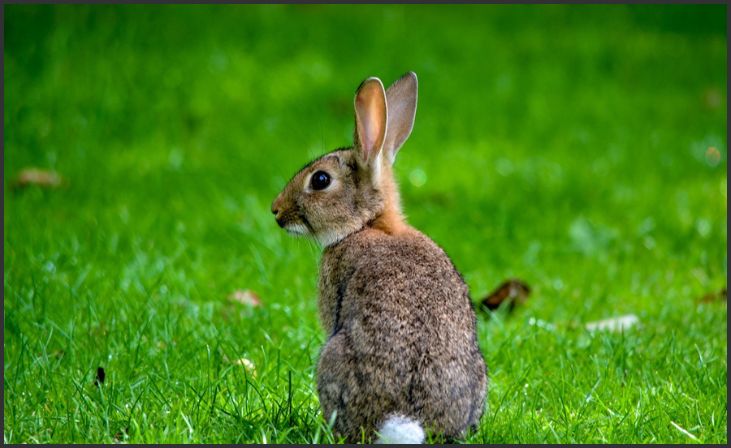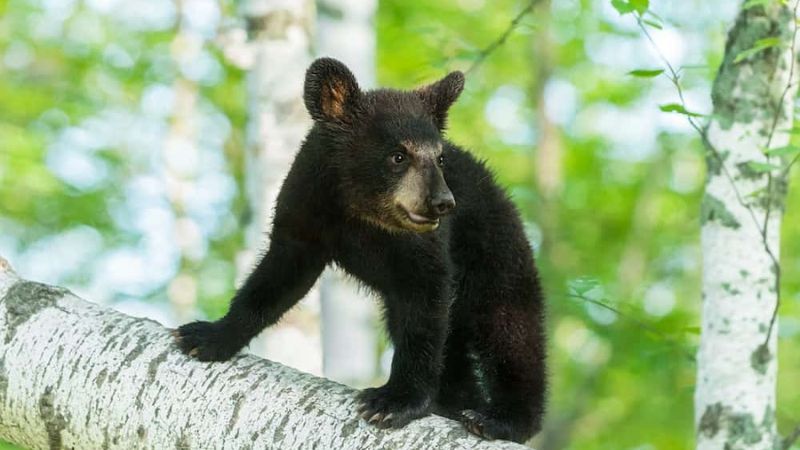The Great Smoky Mountains National Park is renowned for its stunning landscapes, rich biodiversity, and diverse wildlife. Among its many inhabitants are some remarkable animals that have adapted to this unique ecosystem. From elusive predators to charismatic herbivores, the park is home to a variety of species that play vital roles in the ecosystem’s health. In this blog post, we’ll delve into the lives of nine animals that call the Great Smoky Mountains home, highlighting their behaviors, habitats, and significance to the region’s ecological balance.
1. Black Bear
The iconic symbol of the Great Smoky Mountains, the black bear (Ursus americanus) is the park’s largest mammal and a sight to behold for visitors lucky enough to catch a glimpse. These intelligent creatures are highly adaptable omnivores, feeding on a diverse diet of berries, nuts, insects, and occasionally small mammals. Despite their name, black bears can vary in color from black to cinnamon or even blonde. They inhabit a range of habitats within the park, from dense forests to open meadows, and are known for their exceptional climbing skills. While encounters with black bears are thrilling for park visitors, it’s crucial to remember to observe them from a safe distance to ensure both human and bear safety.
2. White-tailed Deer

The graceful white-tailed deer (Odocoileus virginianus) is a common sight in the Great Smoky Mountains, where it roams freely through wooded areas and grassy clearings. These herbivores play a crucial role in shaping the park’s vegetation through browsing, helping to maintain a diverse plant community. While they are most active at dawn and dusk, visitors may spot them throughout the day grazing on grasses, leaves, and twigs. During the fall rutting season, male deer, known as bucks, engage in fierce battles for dominance, using their antlers to establish hierarchy and secure mating rights. Despite their abundance, white-tailed deer face threats from habitat loss and fragmentation, making conservation efforts essential for their continued survival in the park.
3. Eastern Box Turtle
A true survivor of the ages, the eastern box turtle (Terrapene carolina carolina) is a fascinating reptile that has inhabited the Great Smoky Mountains for centuries. These terrestrial turtles are easily recognized by their dome-shaped carapaces and vibrant patterns, which vary among individuals. Unlike aquatic turtles, box turtles prefer dry woodlands and moist meadows, where they forage for a variety of foods, including insects, fruits, and fungi. One of their most distinctive traits is their ability to retract into their shells for protection—a behavior that has earned them the nickname “box turtle.” While they may seem slow-paced, box turtles are adept at navigating their environments and have surprisingly long lifespans, with some individuals living well over 100 years.
4. Red-tailed Hawk
Majestic and powerful, the red-tailed hawk (Buteo jamaicensis) is a prominent raptor that soars high above the Great Smoky Mountains, scanning the landscape for prey. With its broad wingspan and keen eyesight, this bird of prey is a formidable hunter, preying on a variety of small mammals, birds, and reptiles. Red-tailed hawks are often seen perched on tree branches or gliding effortlessly on thermal updrafts, their namesake russet-red tails visible from below. During the breeding season, they construct large stick nests in tall trees, where they raise their young. As apex predators, red-tailed hawks play a vital role in controlling populations of rodents and other small animals, contributing to the park’s ecological balance.
5. Eastern Cottontail Rabbit

A beloved symbol of innocence and agility, the eastern cottontail rabbit (Sylvilagus floridanus) is a common sight in the Great Smoky Mountains, where it inhabits grassy fields, shrubby areas, and forest edges. These small mammals are characterized by their soft fur, large ears, and distinctive white tail that resembles a fluffy cotton ball. Despite their cute appearance, eastern cottontails are skilled at evading predators through quick bursts of speed and agile maneuvers. Their diet consists mainly of grasses, clover, and other herbaceous plants, which they forage for primarily during the early morning and evening hours. Eastern cottontails are an essential prey species for many predators in the park, contributing to the intricate web of life that sustains the ecosystem’s health.
6. American Black Bear
The American black bear (Ursus americanus) is a symbol of the wilderness and a beloved inhabitant of the Great Smoky Mountains. Known for their intelligence and adaptability, black bears are omnivores, feasting on a variety of foods including berries, nuts, insects, and occasionally small mammals. While they may appear solitary, black bears are not strictly solitary creatures and can often be seen foraging together, especially during periods of abundant food. Despite their name, black bears can come in various colors, including black, brown, cinnamon, and even blonde. Conservation efforts are crucial to ensure the continued survival of these iconic creatures in the park.
7. River Otter
The playful river otter (Lontra canadensis) is a charismatic resident of the Great Smoky Mountains, delighting visitors with its aquatic antics. These sleek mammals are superb swimmers, with streamlined bodies, webbed feet, and thick fur coats that provide insulation in cold water. River otters inhabit freshwater streams, rivers, and lakes within the park, where they hunt for fish, crayfish, amphibians, and other aquatic prey. They are highly social animals, often congregating in small family groups and engaging in playful behaviors such as sliding down muddy banks and chasing each other in the water. Despite their playful demeanor, river otters are skilled hunters and play an essential role in maintaining the health of aquatic ecosystems in the park.
8. Timber Rattlesnake

One of the Great Smoky Mountains’ most elusive inhabitants, the timber rattlesnake (Crotalus horridus) is a venomous snake that plays a vital role in the park’s ecosystem. These reptiles are characterized by their distinctive rattles, which they use as a warning signal when threatened. Timber rattlesnakes are typically found in rocky, forested habitats where they hunt for small mammals such as mice and chipmunks. Despite their venomous bite, timber rattlesnakes are shy and reclusive creatures that prefer to avoid confrontation with humans. Conservation efforts aimed at protecting their habitat are essential for ensuring the continued survival of these fascinating snakes in the Great Smoky Mountains.
Conclusion
The Great Smoky Mountains National Park is not only a haven for outdoor enthusiasts but also a sanctuary for a diverse array of wildlife. From the iconic black bear to the elusive timber rattlesnake, the park’s inhabitants exemplify the beauty and resilience of nature. As visitors explore this majestic landscape, they are reminded of the importance of preserving and protecting these precious habitats for future generations to enjoy. By learning about and appreciating the animals that call the Great Smoky Mountains home, we can deepen our connection to this remarkable natural treasure.

